
Agriculture
November 9, 2023
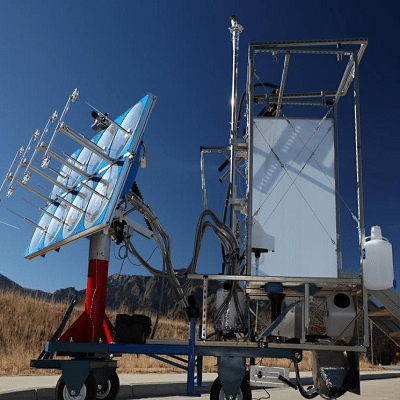
Updated on November 9, 2023
·Created on May 22, 2016
The Sol Char Toilet uses solar power to convert waste into charcoal and fertilizer.
The Sol-Char Toilet is a prototype toilet system with user interface, storage, and treatment. Parabolic dishes concentrate sunlight and convert it to heat that is used to disinfect excreta and make charcoal and fertilizer from it. An introductory video to the prototype is found here.
Market Suggested Retail Price
$11,000.00
Target Users (Target Impact Group)
Distributors / Implementing Organizations
This product has been implemented by the University of Colorado Boulder, Sol-Char research team.
Manufacturing/Building Method
The Sol-Char Phase I prototype is constructed with industrial-grade materials: aluminum for the metal and optical components, stainless steel for the reactor components, and industrial steel and plastic for the user compartment. However, a functional prototype could be constructed more economically. The fiber optic cables are the most expensive component and outsourcing is currently in development. The majority of the Sol-Char toilet materials could be constructed in a local machine shop using more affordable materials such as concrete, spun aluminum, and injection-molded plastic. For example, the carousel drive that rotates the reactors can be constructed out of recycled bicycle parts and scrap metal.
Intellectural Property Type
Trademarked
User Provision Model
The Sol-Char Toilet is still a prototype so it is not provided to users yet, but the product characteristics open up for several options of user provision. The toilet could be bought directly from the manufacturer/retailer or rented as a service. In low-income, NGOs or governmental agencies may finance a larger system with several toilets for a community. Another option is that a company provides the toilet to the public and the user pay a fee for each use.
Distributions to Date Status
One prototype has been developed so far at the University of Colorado Boulder. Phase 2 of the project consists of field tests.
Design Specifications
The prototype was designed to process 2 kg of feces and 4 kg of urine with 4 hours of sunshine (given that fecal char has an energy content of 25.6 MJ/kg). The product concentrates sunlight and transfers energy to fiber optic bundles located at the focus of parabolic concentrators. The concentrated solar power illuminates the containers (both "collection" and "reaction" chambers) and disinfects the waste through conduction, convection, and radiation heat transfer. The reactor is designed to achieve temperatures between 300 °C - 750 °C and produces a safe and usable product.
Technical Support
Technical support is provided directly by the manufacturer, the Sol-Char team.
Replacement Components
Replacement components can be hard to find locally in the Global South if the prototype materials are used. There are ways to simplify the construction and use materials available in most contexts such as scrap metal, concrete and bicycle parts. Some parts will need to be specially ordered such as the optic fibers which are the most expensive part of the system.
Lifecycle
Manufacturer Specified Performance Parameters
Performance targets include creating an affordable product that operates off-grid, without piped water or sewage. In addition, the treatment of human waste should create useful outputs. The Sol Char is expected to produce 80 g charcoal/use/day and 1 L of treated urine/person/day.
Vetted Performance Status
The reactor is designed to achieve high temperatures (300 to 750 °C) and produce safe and usable products. In experiments conducted on the toilet, waste was reduced by 85-92% of the original mass (85% corresponds to pyrolyzing at 300 °C and 92% for pyrolysis at 750 °C).
Safety
Manual hand cranks can be used if the automated flush mechanism fails so contact with fecal matter is still avoided. Dilution and adsorption is used to reduce human contact to exhausts. Exhausts are done through a pipe 2.5 m above ground. All moving parts are shrouded, and fibers are made so that light only exits within 8" (fire precautions only have to be taken in this range). Pathogens are killed in the charring process to ensure that the system is hygienic.
Complementary Technical Systems
Electrical 'co-generation' provides up to 15 kW-hrs of electricity with battery backup for offline (cloudy) operation.
Academic Research and References
Ward, B. J., et al., 2014, “Evaluation of Solid Fuel Char Briquettes from Human Waste“, Environmental Science and Technology, 48, pp. 9852-9858.
2014, “Reinventing the toilet for 2.5 billion in need“, Bulletin World Health Organisation, 92, pp. 470–471.
Garcia-Fine, S., 2015, “Redesign of the Sol-Char Toilet“, Bachelor dissertation, Worcester Polytechnic Institute, Worcester, Massachusetts.
Compliance with regulations
The product has been developed to comply with safety standards and environmental regulations so that it can be implemented in diverse contexts.
Other Information
Sol-Char sanitation media can be viewed here. In addition, an extensive amount of published articles have covered the Sol-Char project. Several conference posters are also available. The Sol-char sanitation team is exploring a phase 2 design for a field pilot. Additional research articles and presentations conducted by the University of Colorado research team can be viewed here. Topics include Solar Thermal Design & Modeling, Biochar Fuel & Emissions, Biochar Applications in Agriculture, Odor & Exhaust, and Disinfection.

Agriculture
November 9, 2023
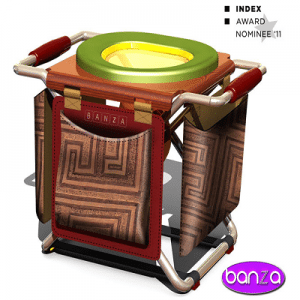
Agriculture
November 9, 2023
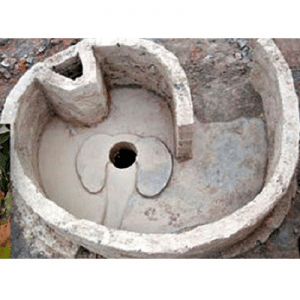
Agriculture
November 9, 2023

Agriculture
November 9, 2023

Agriculture
November 9, 2023
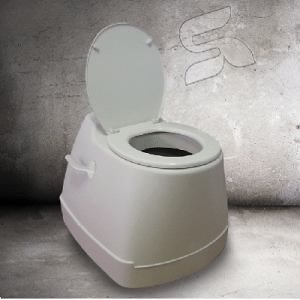
Agriculture
November 9, 2023

Agriculture
November 9, 2023
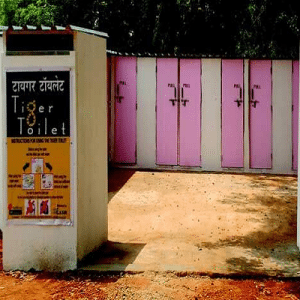
Agriculture
November 9, 2023
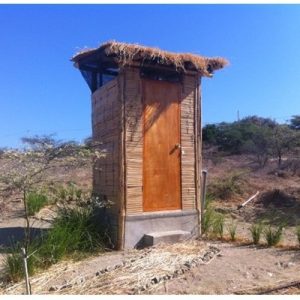
Agriculture
November 9, 2023
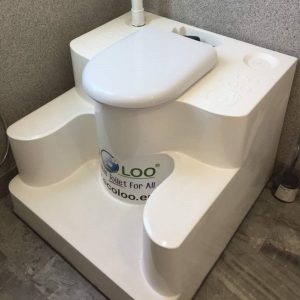
Agriculture
November 9, 2023
Have thoughts on how we can improve?
Give Us Feedback